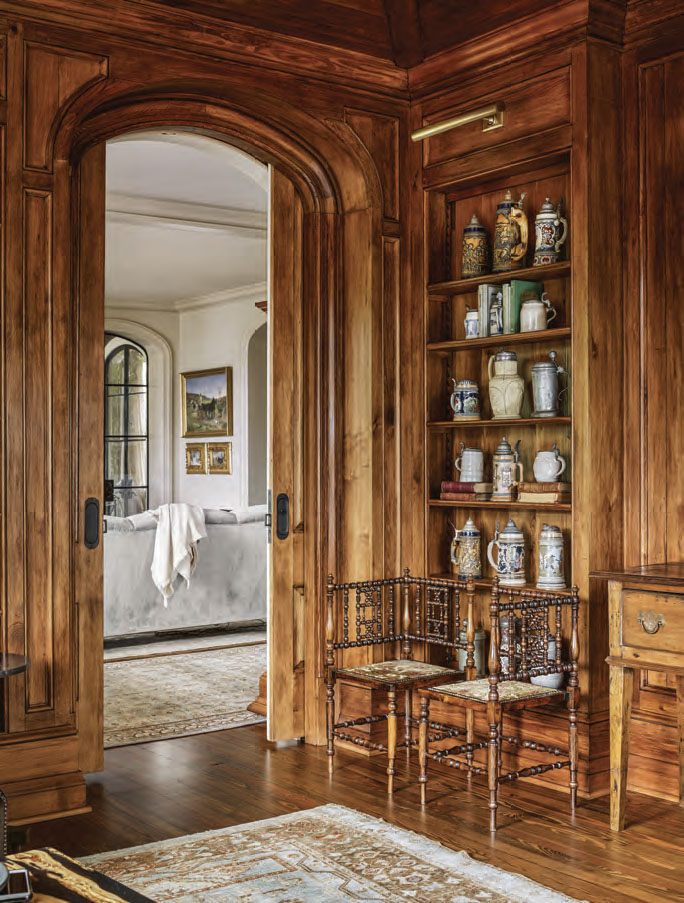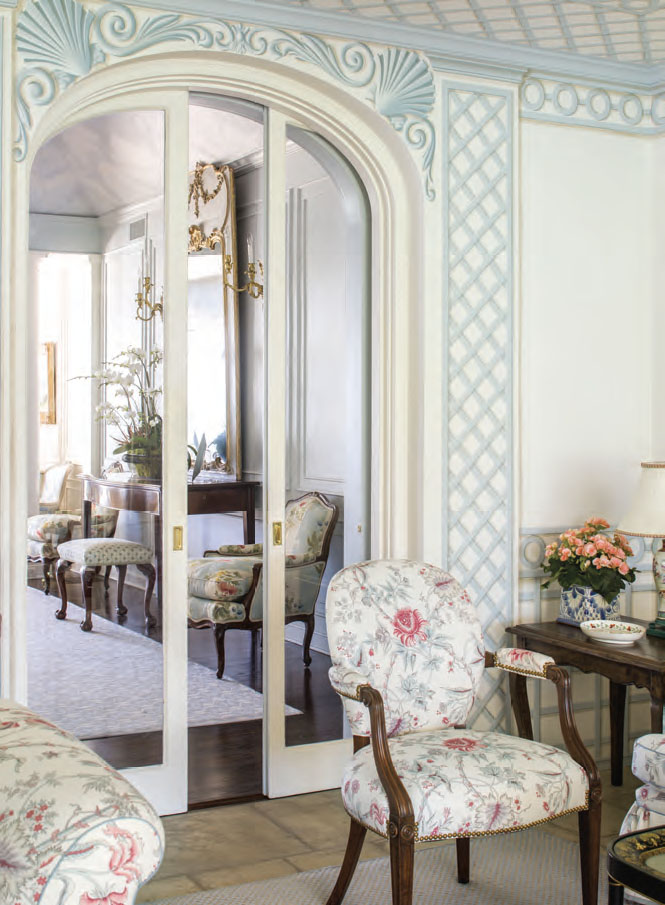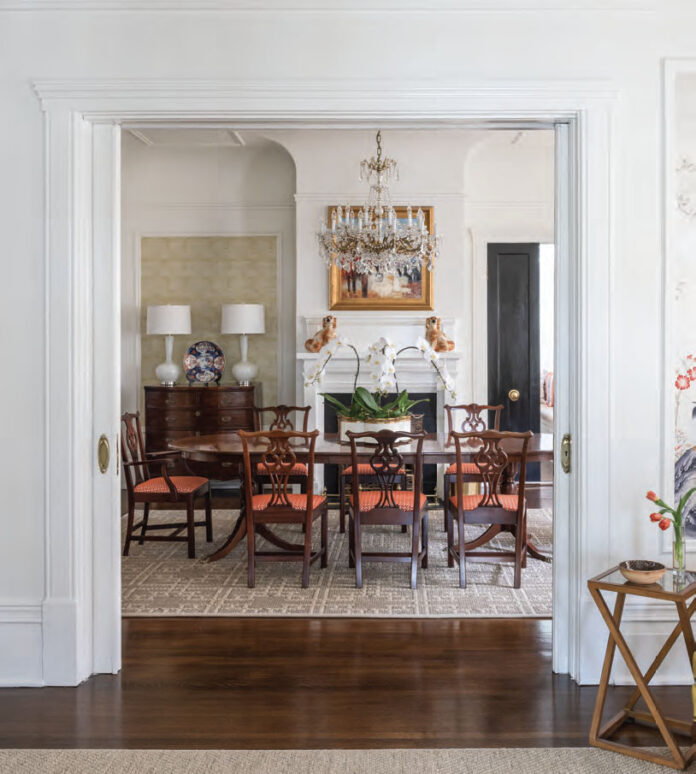Text: Sherry Moeller
Pocket doors were first introduced in the US in the 1850s during the Victorian era, gaining momentum in the 1880s. In the early days, the designs were less than ideal, though much improved in the last and current centuries due to advances in technology and installation. Initially, pocket doors, which are doors that slide into walls and disappear, were often used between parlors and dining rooms, providing openness when needed for flow but also separating spaces for more intimate gatherings.
The utility of pocket doors became even more apparent during the postwar building era of the 1950s when houses were smaller and also in recent years to create a sense of division between rooms in open floor plans. Today, pocket doors are often used for powder rooms and bathrooms as well as laundry rooms, mudrooms, and closets, especially in condominiums, townhomes, and singlefamily homes with smaller footprints.
 Architects and designers are suggesting pocket doors in larger luxury homes as well. Sean Mullin, AIA, with Anthony Wilder Design/Build, says they typically include at least one pocket door in the new builds they design. “The main reason to install a pocket door is to free up space in a room, such as a water closet or mudroom or any smaller area where a swinging door would impede the function of the space,” he says. Also, if the door is open most of the time, such as in a walk-in closet or library, consider a pocket door so that the door is invisible when not in use.
Architects and designers are suggesting pocket doors in larger luxury homes as well. Sean Mullin, AIA, with Anthony Wilder Design/Build, says they typically include at least one pocket door in the new builds they design. “The main reason to install a pocket door is to free up space in a room, such as a water closet or mudroom or any smaller area where a swinging door would impede the function of the space,” he says. Also, if the door is open most of the time, such as in a walk-in closet or library, consider a pocket door so that the door is invisible when not in use.
“We recently installed two sets of French pocket doors with seeded glass in a new build and when closed off, the glass is gorgeous,” says Mullin. Also, when the pocket door is inside another room, such as a water closet within a bathroom, consider a frosted or seeded glass door to allow some light to enter while also providing privacy.
There is a level of skill needed when installing pocket doors, adds Mullin, who says they only use solid wood doors and not hollow core options. Consider the weight of the door, the type of latch, the hardware in general, and how the door slides into the wall. While pocket doors offer many advantages, they are not always right for every space and are especially difficult to retrofit into older homes due to wall clearance and door sizes.
 Things to Consider with Pocket Doors
Things to Consider with Pocket Doors
• Clearance—Is there enough clearance to slide the door into the wall? If so, pocket doors use little to no space and allow the room to function as it was intended without the intrusion of a swinging door.
• Use—Is the pocket door for privacy or appearance? If you want a pocket door to add privacy, consider the weight of the door. Solid wood doors act as a sound barrier, which is paramount in an office, while lighter weight and glass doors are more for aesthetics.
• Finish—Do you want a painted, solid wood, or glass pocket door? Solid wood doors, either in natural or painted finishes, provide the most privacy. For a water closet or mudroom, for instance, seeded or glass doors in general allow some light to enter a space that might otherwise be dark while also providing some separation.
• Hardware—There are various types of hardware suitable for pocket doors, depending on the use. Tracks or sliding hardware are now along the top of the door frame, eliminating the tripping hazard of older designs where tracks were on the floor. Plus, latches and locks, including soft close options, are now more versatile and user-friendly than in the past.









